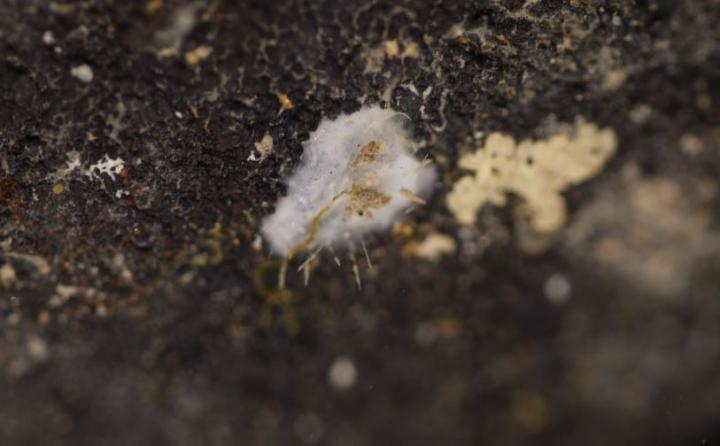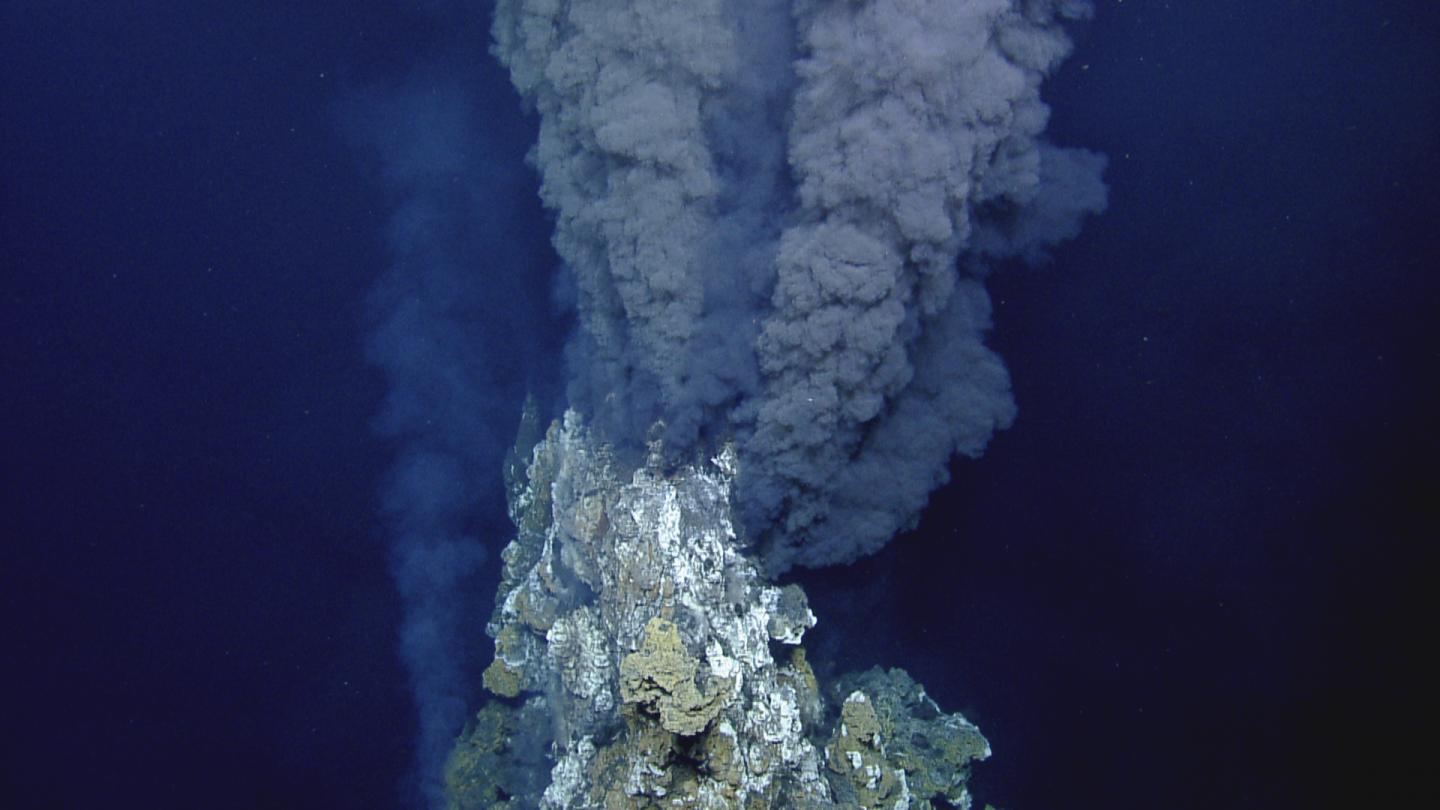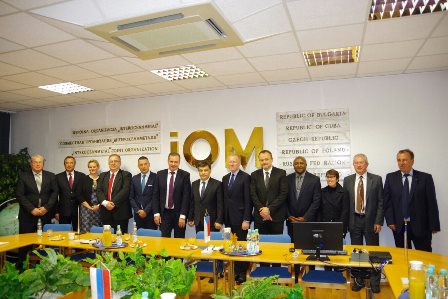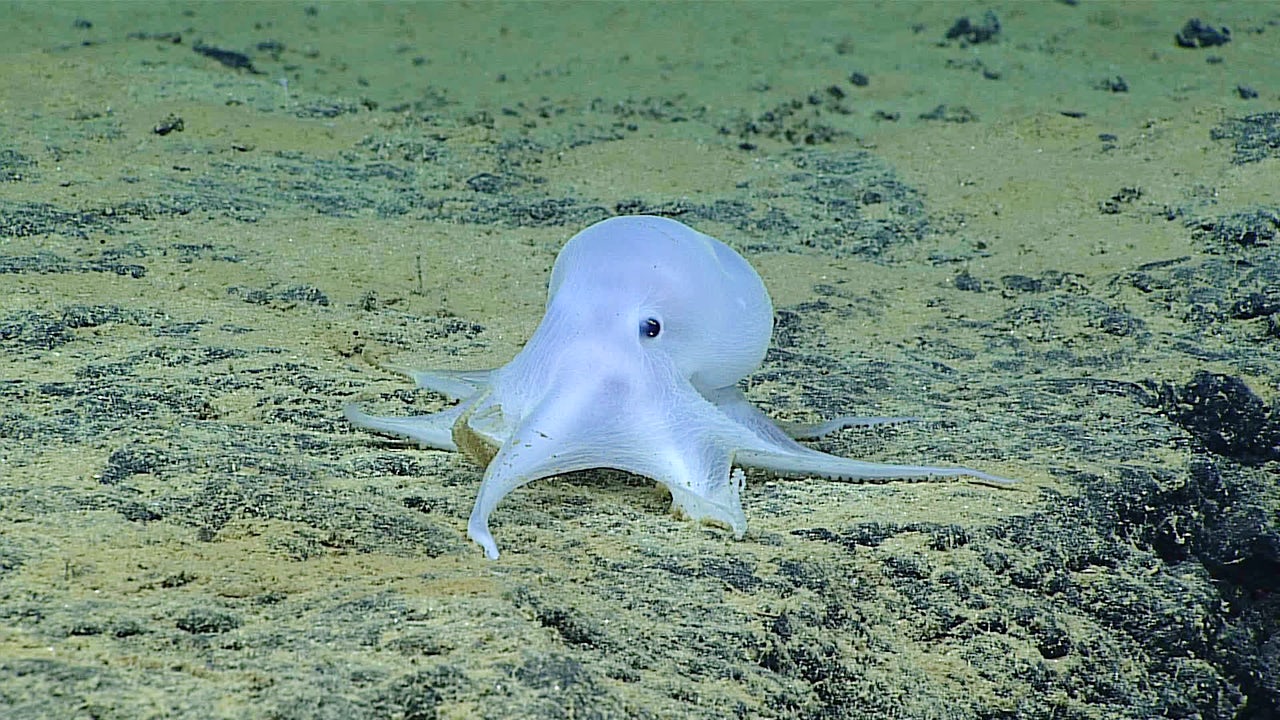TAYLOR & FRANCIS GROUP | 24 September 2017
A completely new group of sponges has been discovered, which scientists believe could be a key indicator species in measuring future mining impact in a region targeted for deep-sea mining of polymetallic (metal-rich) nodules. They are likely to be the most abundant nodule-dwelling animal in the area.
The new discovery, described in the journal Systematics and Biodiversity, was made in the vast 5 million square kilometre region of the central Pacific Ocean known as the Clarion-Clipperton Zone (CCZ). This area is incredibly rich in useful metals in the form of polymetallic nodules, potato-sized accretions of mineral that sit on the seafloor at depths of 4000-5000m. The new sponges, Plenaster craigi Lim & Wiklund, 2017 are described from the eastern region of the CCZ in exploration zones licensed to UK Seabed Resources Ltd and Ocean Mineral Singapore.
The animals were found living attached to the metal-rich nodules on two expeditions to the region in 2013 and 2015. Sponge expert and lead author Swee-Cheng Lim from the National University of Singapore participated in the second expedition and commented, “The unique morphology of the star-shaped spicules convinced me that these were a completely new group of sponges never seen before”. Dr Helena Wiklund of the Natural History Museum, London, confirmed this with a detailed DNA-based study that placed them as a new genus of sponge.
The new sponges, although small, are remarkably abundant on the food-poor abyssal seafloor at a depth of 4000m. Principal investigator of the Deep-Sea Research Group at the Natural History Museum, Dr Adrian Glover said, “We were simply astonished to discover that the most abundant animal living on the metal-rich nodules was not only a new species, but from a new genus as well, despite the region being subject to many surveys in the past. It is clear that our taxonomic knowledge of the biodiversity in this region is still very limited”.
The scientists believe that because the species is relatively easy to identify and count (now that it has been described) it could be a useful ‘indicator’ species to measure future mining impacts. “The fact that this is a small filter-feeding animal sitting on these nodules just a few centimetres above the sediment makes it a clear target for impact from a deep-sea mining plume” said Dr Glover. The scientists are now undertaking more detailed genetic and population studies of the animal to better understand its potential response to deep-sea mining.
Plenaster craigi have been named after their abundant stars inside their bodies, Plenaster, and the leader of the two successful survey expeditions, Prof Craig Smith of the University of Hawaii.
* Read the full article online:http://www.tandfonline.com/doi/full/10.1080/14772000.2017.1358218





